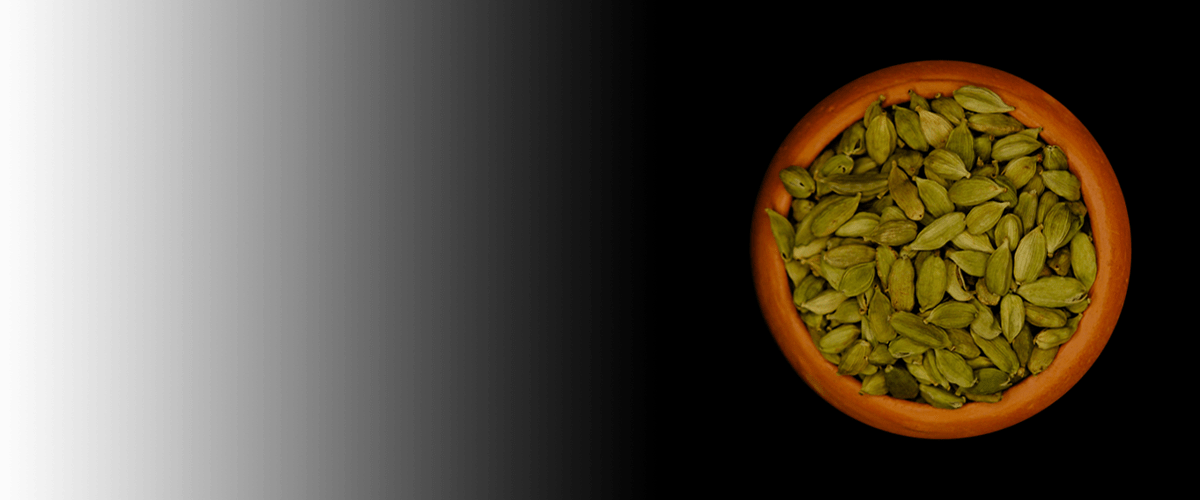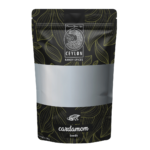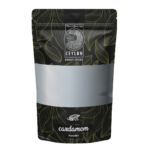CARDAMOM

HISTORY
Cardamom, known as the “Queen of Spices” is a perennial herbaceous plant with a pseudo stem and thick irregular shaped rhizomes. Cardamom grows wild in the Western Ghats of Southern India. Many historical texts mention cardamom as a flavouring and medicinal crop. The medical compendium Charaka Sanhita written between the 2nd centaury A.D. refers to it as an ingredient in some drug preparations. Cardamom is also mentioned in Sanskrit texts of the 4th centaury B.C. in a treatise on politics called Kautilaya’s Arthasashasthra and in Taitirriya Samhitha where it is used in offering during ceremonies. In the 11th century in Indian cardamom was included in the list of ingredients for panchasugandha-thambula or five-fragrance betel chew in the Monasollasa or book of Splendour. It was also included in recipes from the court of Sultan of Mandu dating from about 1500 A.D. Cardamom was brought to an article of international trade by Arab traders and according to the Portuguese traveler Barbosa, in 1524 the international trade of cardamom was well developed.
PRODUCTS AND USES
Dried fruit or Cardamom capsule is the commodity of trade. Cardamom can be found as whole cardamom, cardamom seeds and ground form. It is also used in the extraction of oil and oleoresin. Cardamom is mainly used in the food industry as a flavoring agent in curry or meat dishes, sweets, confectionaries, in bakery products, and as an ingredient of curry (masala) powder. Cardamom Oil is used for flavoring of beverages and drinks such as coffee and tea. It is also used in Ayurveda and Chinese medicine as a powerful aromatic, stimulant, carminative,
stomachic, and diuretic.
MAJOR GROWING AREAS
Can be found in central hill country of Sri Lanka where elevation is 600M. In Sri Lanka cardamom is found in the agro ecological regions of the wet and intermediate zones of up country. Kandy, Matale, Kegalle, Nuwara Eliya, Rathnapura and a part of Galle are the major growing districts.
MEDICINAL AND CHEMICAL PROPERTIES
Cardamom is well known for its traditional pharmaceutical and food uses. This spice is especially famous for its seed pods with characteristic aroma and taste. Due to well-established gastronomic value and flavoring properties, cardamom is widely used as a flavoring and spicy ingredient in curries and confectionery products. Due to the presence of a wide array of bioactives and volatile components with multiple activities, such as antioxidant, antihypertensive, gastroprotective, and antibacterial, this spice has significant
potential for the development of value-added novel and processed functional foods and nutraceuticals.
Cardamom essential oil has aromatherapy potential is also useful for the digestive system. The major components present in cardamom essential oils are α-terpinyl acetate, 1,8-cineole, and linalool. This chapter focuses on the nutritional and traditional pharmaceutical aspects as well as the food science applications of cardamom, in particular its essential oil.


